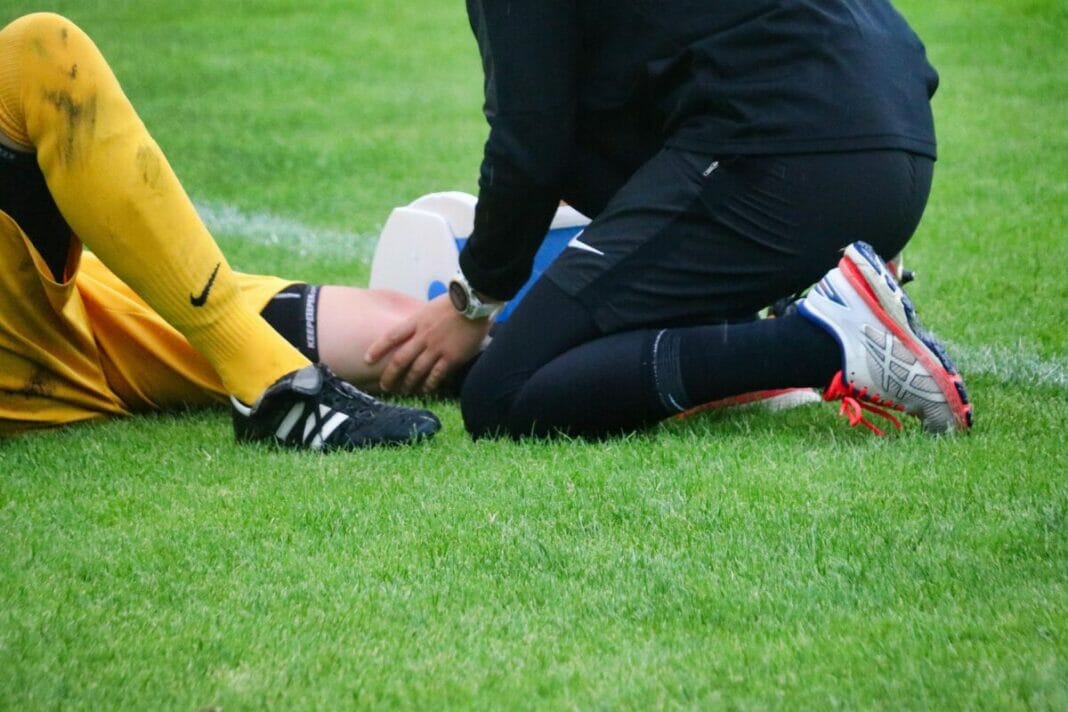If you have been injured in an accident through no fault of your own, whether it was a car accident, a slip and fall, medical malpractice, or a defective product, you may be thinking of pursuing compensation in order to be able to cover your medical expenses and the income you have lost while taking care of your health.
If so, the personal injury lawyers at Roberts | Jeandron Law wants to remind you that it is up to the plaintiff in a personal injury case to prove their claim. Whether you are dealing with an insurance company or the person who caused your injuries, the other party will demand proof that it was their fault and that it is that fault that caused your injuries before they are willing to pay your claim. Talking to a personal injury attorney may help you in this regard, as well as in answering any questions you may have regarding the law as it applies to your case.
What elements must be present for a personal injury claim to move forward?
Every personal injury claim has three elements that must be present in order for your claim to prevail. These are:
- You must prove that the party responsible for your injuries owed you a legal duty of care,
- That they breached this duty, and
- That your injuries came about as a result of this breach.
How is the duty of care proven?
Depending on the nature of your case, you will need to prove that the other party had a responsibility to act or not act a certain way when you were around. This means, for example, that:
- In cases of car accidents, all drivers on the road owe other drivers a duty of care. This means that they must drive in such a way as to not represent a danger to those around, whether they are drivers of other vehicles or pedestrians.
- If you are dealing with a slip and fall accident, the owner or manager of the property has a duty to make sure that their property is safe for guests and visitors. This means that the floor must be kept clean and free of debris or other objects that may lead someone to slip and suffer an injury.
- When it comes to medical malpractice, it means that any doctor or healthcare professional you visit has a duty to provide you with treatment that coincides with the level consistent with the standard of care. Receiving treatment that falls below the standard of care may result in injuries to their patients or even death.
- In product liability cases, it means that manufacturers and distributors of products that are going to be used or consumed by the public at large have a duty not to sell products that are defective and may harm the consumer.
How is this duty of care breached?
The most critical element in a personal injury lawsuit is that the other party had a duty of care towards the victim and that this duty of care was breached. In most cases, it entails proving that there is an element of negligence on the part of the person who injured you. This means they failed to take reasonable care, the same reasonable care that anybody else would have taken under similar or identical circumstances.
Proving negligence is the main reason why it makes sense to work with a personal injury attorney. It requires a deep understanding of the law and an ability to decide how negligence can be proven based on the pertinent evidence of the case.
Your Injuries
The final element of proof has to do with your injuries and proving how they are the result of the accident. Although this may seem an obvious point, it ends up being quite complicated because of the level of documentation that must be presented. This is because if you have a preexisting condition or a previous injury, the other party may easily argue that the injuries you claim to have received in this accident are injuries or conditions that you had before this accident took place.
To separate what existed before from the injuries that you are dealing with now, your lawyer will not only need your medical records, but they will also have to call upon the physicians and other healthcare providers who have been treating you. They may also request testimony from medical experts to testify on your behalf.
To help your lawyer build a strong case, it is important that you keep a detailed record of your medical visits and treatments that show when your injuries first appeared, how they have been treated, and how they have evolved. Also, keep copies of all medical bills to give to your attorney.
You may also want to keep a journal of your injuries and their evolution. Take pictures of the injuries on the day they happened, and as they progress, write about the doctors you have seen and the treatments they have prescribed.
